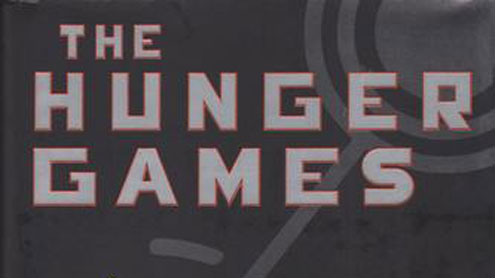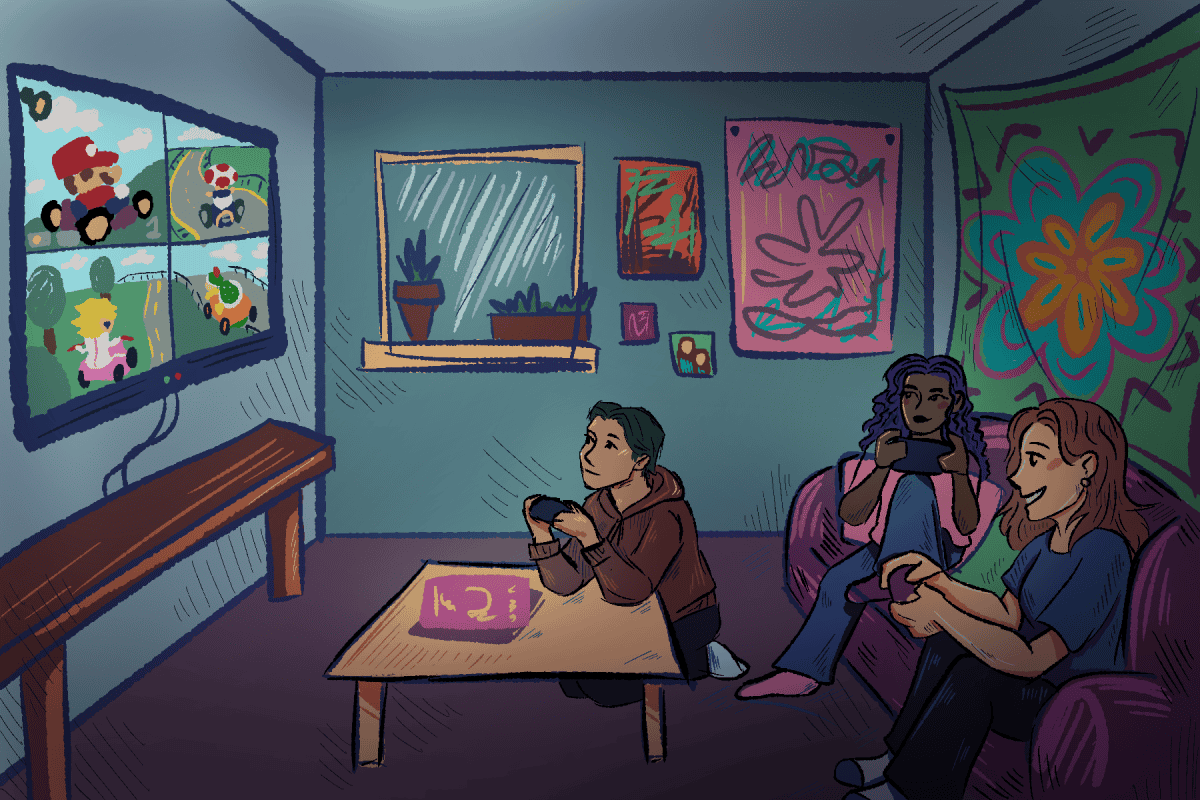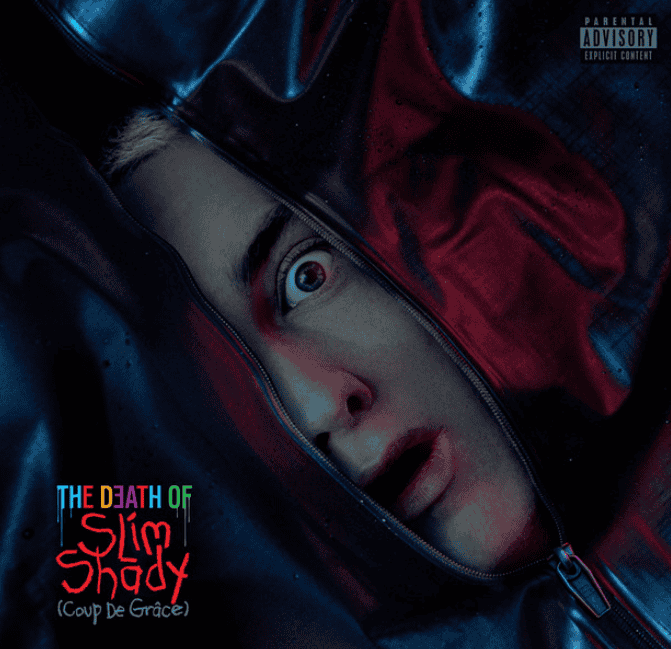 There’s nothing like child gladiators to up those network television ratings, am I right? That’s how it works in Panem, anyway – the totalitarian, post-nuclear holocaust North American government that takes reality TV just a little too far in Suzanne Collins’ wildly popular novel “The Hunger Games.”
There’s nothing like child gladiators to up those network television ratings, am I right? That’s how it works in Panem, anyway – the totalitarian, post-nuclear holocaust North American government that takes reality TV just a little too far in Suzanne Collins’ wildly popular novel “The Hunger Games.”
If you haven’t heard of “The Hunger Games” by now, it’s probably because you don’t watch TV, don’t go to the movies, don’t have access to the Internet, cannot read and have no literate friends (in which case, who am I writing this for?) Maybe you’re among the literati who turn up their noses at “young adult” (YA) fiction, or maybe you’re one of those incredibly annoying people who claim to be “too busy” to read for fun, or you started the series but quit in disgust when all the plebes fell in love with it.
In any case, let me be perfectly clear: whatever your reservations or reasons for delay, “The Hunger Games” is a book that’s just plain good, YA fiction or not, mass-market appeal or not. Set in that dystopian future we love to hate, “The Hunger Games” (and its two sequels, “Catching Fire” and “Mockingjay”) is science fictional without being sci-fi, futuristic without being gimmicky, and utterly eerie and original. And if you want to be in the loop before the movie premieres this March, get thee to a bookstore at once.
The novel begins in bleak District 12, the home of Katniss Everdeen, a 16-year-old girl who has been providing for her preteen sister and clinically depressed mother ever since a tragic coal mining accident killed her father. Basically, life is terrible. And once a year, it gets downright terrifying.
Seventy-four years ago, the districts mounted an unsuccessful rebellion against the despotic Capital. The result? Punitive child-sacrifice in the form of a murderous, televised extravaganza called the Hunger Games. Each district must hand over one boy and one girl to fight to the death for the entertainment of the privileged Capital (oh, those horrible One Percenters!) This year, it’s Katniss who’s heading to the slaughterhouse, and despite the odds certainly not being in her favor, our protagonist poses a threat not just to the other competitors, but to the Capital’s oppressive system itself.
The novel’s popularity and young adult categorization invites comparison with some other bestselling series, namely “Harry Potter” and “Twilight.” But that’s where the comparisons end. Katniss Everdeen is no conventional teenage heroine, and placing her next to characters like the beloved Hermione Granger and vilified Bella Swan only makes that more obvious.
For all her kick-ass spellcasting, Hermione was always the sidekick and requisite love interest, whose happily ever after was fore-ordained from the start. Meanwhile, disregarding the endless moody internal monologues, Bella was nothing more than a blood bag whose B-positive (or whatever) blood turned out to be catnip for supernatural creatures. Katniss is different. Yes, she has her own love triangle to deal with, but she has more pressing problems: for example, killing everyone. Katniss’ overriding goal is survival, and if there’s any transcendent dream she has, it’s vengeance, not love.
For readers, odds are you’ll love it.
Readers might also enjoy… “Alice in Deadland,” by Mainak Dhar; “Ender’s Game,” by Orson Scott Card; “The Forever War,” by Joe Haldeman







